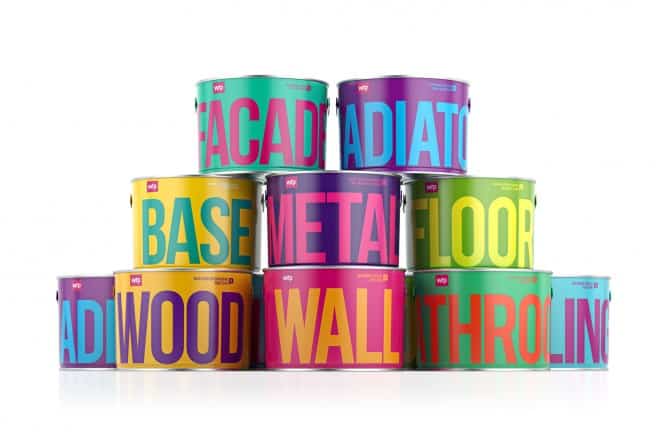10 practical tips from a self-taught designer
10 practical tips from a self-taught designer
Today I give 8 practical tips on how to start a designer’s development. Take it to your bookmarks.
1. Choose an industry. The first thing to start with is to understand which industry you want to develop in. The design is very multifaceted: graphic, environmental, web design, interior design, things, UI / UX, 3D and so on. What is closer to you personally? What are you interested in. Go from your personal wishes.

2. Set a goal for yourself. Leave one industry and focus only on it. It is better to be an expert in one area than to know a little everything. Once you have decided on the area, write in all social networks that you are now, for example, a WEB-designer. This will be your starting point. And start digging in this area.
3. Practice your tools. First of all, master the necessary programs for video tutorials on YouTube. There are detailed guides for any program. If you devote two hours a day, then in a week you will master the basic tools of any program.
4. Find key market players whose work inspires you. Start following them. Subscribe to their social networks, study biography, watch lectures with them. Very often, practitioners conduct their courses or master classes, and blog. Go learn and most importantly practice.
5. Then start copying the work of other designers in the chosen specialization, to fill your hand and work out the technique of execution. Pay attention to every detail, analyze layout composition, color, typography. Make it a rule to do at least one small job a day. If you don’t know how to do something, look for video tutorials. At the beginning of my journey I sat on demiart.ru
6. Level up. Having worked out the toolkit, start creating your projects. If there are no customers, make 4-5 fictional ones. Download design thinking. Start with Heinrich Altshuller’s book Find an Idea. Introduction to TRIZ “. Improve your cultural background and erudition: read a lot and learn English.
7. Be active. Communicate more with the professional community. Comment and like the work of the people you follow. Ask questions. Meet at events. Write about your successes and difficulties on your page. New acquaintances and communication is what 100% of designers need, so do not close yourself off from the world and do not stew in your own juice.
8. Build your portfolio. If you know how to make logos, websites, and are also good at photography and drawing, you do not need to place all this in one portfolio. Better do a few. For work, stick to the rule: less is better, but better. Work hard on packaging your artwork. It’s also great not just to put beautiful mockups, but to place real photos if the projects are implemented. Therefore, always try to take real samples and take photos.
9. Always think about reputation. As soon as the first clients appear, give your best 200%, even if you don’t get paid for it. At the start, it is important to prove yourself and collect feedback. Be on good terms with everyone. After all, such qualities as responsibility, diligence and adequacy are your ticket to the world of top agencies, big brands and large-scale projects.
10. Believe in yourself. This is the last thing I would like to say. Do not think that something will not work out for you or that you are not worthy of something. Water wears away the stone. Set goals, develop and never stop there. Be ambitious, in the best sense of the word. You will definitely achieve everything you want.
Author: Igor Kosovsky
…


